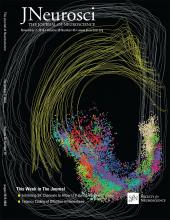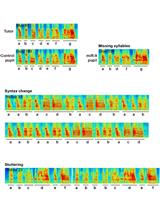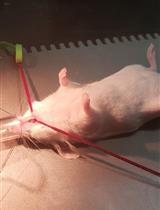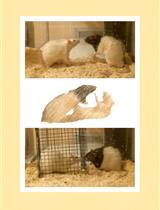- EN - English
- CN - 中文
Long-term Devocalization of Zebra Finches
斑马雀的长期清音化研究
(*contributed equally to this work) 发布: 2020年09月20日第10卷第18期 DOI: 10.21769/BioProtoc.3752 浏览次数: 4071
评审: Trevor Martin SmithMohammed Mostafizur RahmanAnonymous reviewer(s)
Abstract
Songbirds, such as the zebra finch, are a popular animal model for studying the neural basis of vocal and complex skill learning. Adult male zebra finches produce courtship song toward females (referred to as ‘directed song’) and recording and analyzing sounds of directed song along with underlying neural activity is important for investigating behavioral and neural mechanisms of song production and learning. However, recording of directed song is easily contaminated by calls that are often as loud as directed songs and frequently produced by a female bird is presented in the same sound-recording chamber to elicit directed song. We developed a new surgical procedure to relatively easily and almost completely devocalize female zebra finches semi-permanently, without affecting other behaviors. This procedure enables researchers to record directed songs with almost no contamination by female calls. The procedure can also be used to devocalize male birds as well and, thus, has great potential for a variety of experimental purposes, such as long-term elimination of auditory feedback during singing in male birds.
Keywords: Birdsong (鸟鸣)Background
Just as human infants learn to produce complex speech sounds from adults, young songbirds learn to produce complex vocalizations (i.e., song) from adult tutors during a critical period of development. Because general animal models in life science research, such as mice and monkeys, do not exhibit vocal learning, songbirds offer a great opportunity to study neural substrates of vocal learning, an essential element of human speech acquisition (Doupe and Kuhl, 1999; Bolhuis et al., 2010). Moreover, birdsong learning critically depends on a basal ganglia-thalamo-cortical circuit that is discrete and specialized for this single task. This circuitry contrasts sharply with homologous mammalian circuits. Thus, songbirds are considered a tractable model system for studying neural mechanisms underlying basal ganglia-dependent motor skill learning (Doupe et al., 2005).
In the zebra finch, the most popular songbird species used for neurobiological study of birdsong learning, adult male birds sing in two social contexts: singing toward females in a courtship context (directed singing) and singing alone in a solo context (undirected singing). A large body of evidence suggests that undirected singing is a state of vocal practice in which birds improve and optimize song structure, whereas directed singing is a state of motor performance in which birds exploit what they have already learned to impress a female (Jarvis et al., 1998; Kao et al., 2005 and 2008; Kojima and Doupe, 2011; Kojima et al., 2018). Thus, comparing song structure and neural activity between the two social contexts is a standard and important approach to examine behavioral and neural mechanisms of song learning. In contrast with recordings of undirected song, which a male bird produces in isolation, recordings of directed songs are often contaminated by vocalizations of a female bird presented to elicit directed song. Female birds often produce loud calls while the male is singing, and their calls often overlap with male songs. Such contamination with female calls can cause serious deterioration of data quality and in many cases, results in exclusion of song data from analyses. To avoid such contamination, we developed a relatively easy surgical procedure to devocalize female birds almost permanently.
Several previous studies have reported surgical procedures to devocalize birds, but they are either technically difficult (Cooper and Goller, 2004) or unsuitable for long-term devocalization (Pytte and Suthers, 1999). The current protocol describes a novel method for devocalizing female zebra finches using tubing inserted into the bronchi to prevent adduction of the lateral labia into the expiratory air stream that is responsible for phonation (Goller and Larsen, 1997; Larsen and Goller, 2002). This method enables us to devocalize birds almost permanently without great technical difficulties. Because this devocalization protocol can be applied to males as well as females, it can be used in both sexes for investigating the role of vocalizations in social communication, including courtship behavior and social bonding.
Materials and Reagents
- Surgical tape (3M, Durapore, catalog number: 1538-0 )
- Kim wipe (Yuhan-Kimberly, catalog number: 41112 )
- Toothpick (Young Star)
- Polyimide tubing (Wilco, I.D. 0.6 mm, O.D. 0.72 mm, catalog number: PITU-0610 )
- Absorbable suture (AILEE, Surgifit, catalog number: AV818 )
- Tissue adhesive (3M, Vetbond, catalog number: 1469SB )
- Syringe with needle (Feel Tech Bio Co., catalog number: 30G-0.5-5/16 )
- Syringe filter (ADVANTEC, catalog number: DISMIC-13CP )
- 15 ml conical tube (Hyundai Micro, catalog number: H20015 )
- Lidocaine HCl, 2% (Dai Han Pharm. Co., Ltd.)
- Ketoprofen (Unibiotech Co. Ltd., UNI KETOPRO inj.)
- Pentobarbital solution for anesthesia (see Recipes)
Entobar (100 mg/2 ml Pentobarbital Sodium, Hanlim Pharm. Co., Ltd.)
Propylene glycol (Sigma-Aldrich, catalog number: P4347 )
100% EtOH (Sigma-Aldrich, catalog number: E7023-500ML )
Equipment
- Sharp forceps (Fine Science Tools, catalog number: 11254-20 )
- Spring scissors (Fine Science Tools, catalog number: 15018-10 )
- Needle holder (Fine Science Tools, catalog number: 12565-14 )
- Scalpel blade (Fine Science Tools, catalog number: 10011-00 )
- Blade holder (Fine Science Tools, catalog number: 91003-12 )
- Body holder made of clay (Bostik, Blu Tack Original; dimensions W55 x D40 x H35 mm; Figures 1A-1D) attached on a retraction system (Fine Science Tool, Magnetic Fixator Retraction System, catalog number: 18200-03; Figure 1E )
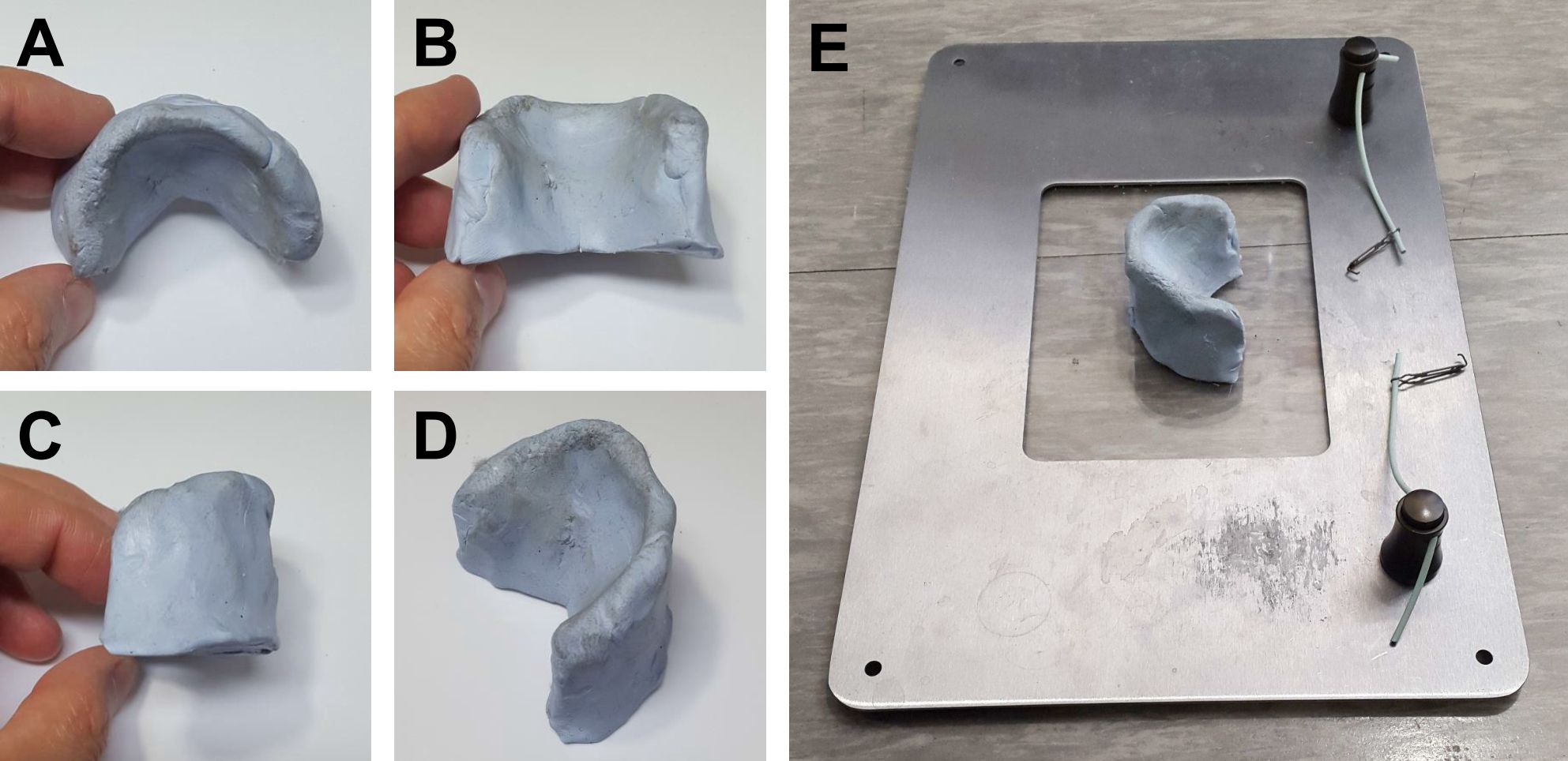
Figure 1. Body holder and retraction system. A-D. Top (A), front (B), side (C), and diagonally upward (D) views of a body holder. E. A body holder attached on a retraction system. - Cauterizer (Fine Science Tool, catalog number: 18010-00 ); the tip of the cauterizer is tapered using a longnose plier (Figure 2)

Figure 2. Tapered tip of cauterizer (blue arrow) - Surgical microscope (Leica, model number: M320 )
- Heating lamp (Forsens Lights Co., Ltd., model number: SJ-10 )
- UV sterilizer (Bluezone, model number: CM-1-1 )
- Bird cage (Quality Cage Crafters, model number: CC-1 , dimensions: 8"w x 8"d x 8"h)
- Pipette (Nichiryo, Benchimate 1000)
- Crimp-top vial and Aluminum Seal with Septa for Pentobarbital solution (LK Lab Korea, catalog numbers: V01-214-228 and V01-214-603 , respectively)
- Vortex shaker (IKA, Vortex 1)
Procedure
文章信息
版权信息
© 2020 The Authors; exclusive licensee Bio-protocol LLC.
如何引用
Readers should cite both the Bio-protocol article and the original research article where this protocol was used:
- Kim, Y., Mizuguchi, D. and Kojima, S. (2020). Long-term Devocalization of Zebra Finches. Bio-protocol 10(18): e3752. DOI: 10.21769/BioProtoc.3752.
- Kojima, S., Kao, M. H., Doupe, A. J. and Brainard, M. S. (2018). The avian basal ganglia are a source of rapid behavioral variation that enables vocal motor exploration. J Neurosci 38(45): 9635-9647.
分类
神经科学 > 感觉和运动系统 > 动物模型
神经科学 > 行为神经科学 > 实验动物模型
您对这篇实验方法有问题吗?
在此处发布您的问题,我们将邀请本文作者来回答。同时,我们会将您的问题发布到Bio-protocol Exchange,以便寻求社区成员的帮助。
提问指南
+ 问题描述
写下详细的问题描述,包括所有有助于他人回答您问题的信息(例如实验过程、条件和相关图像等)。
Share
Bluesky
X
Copy link


